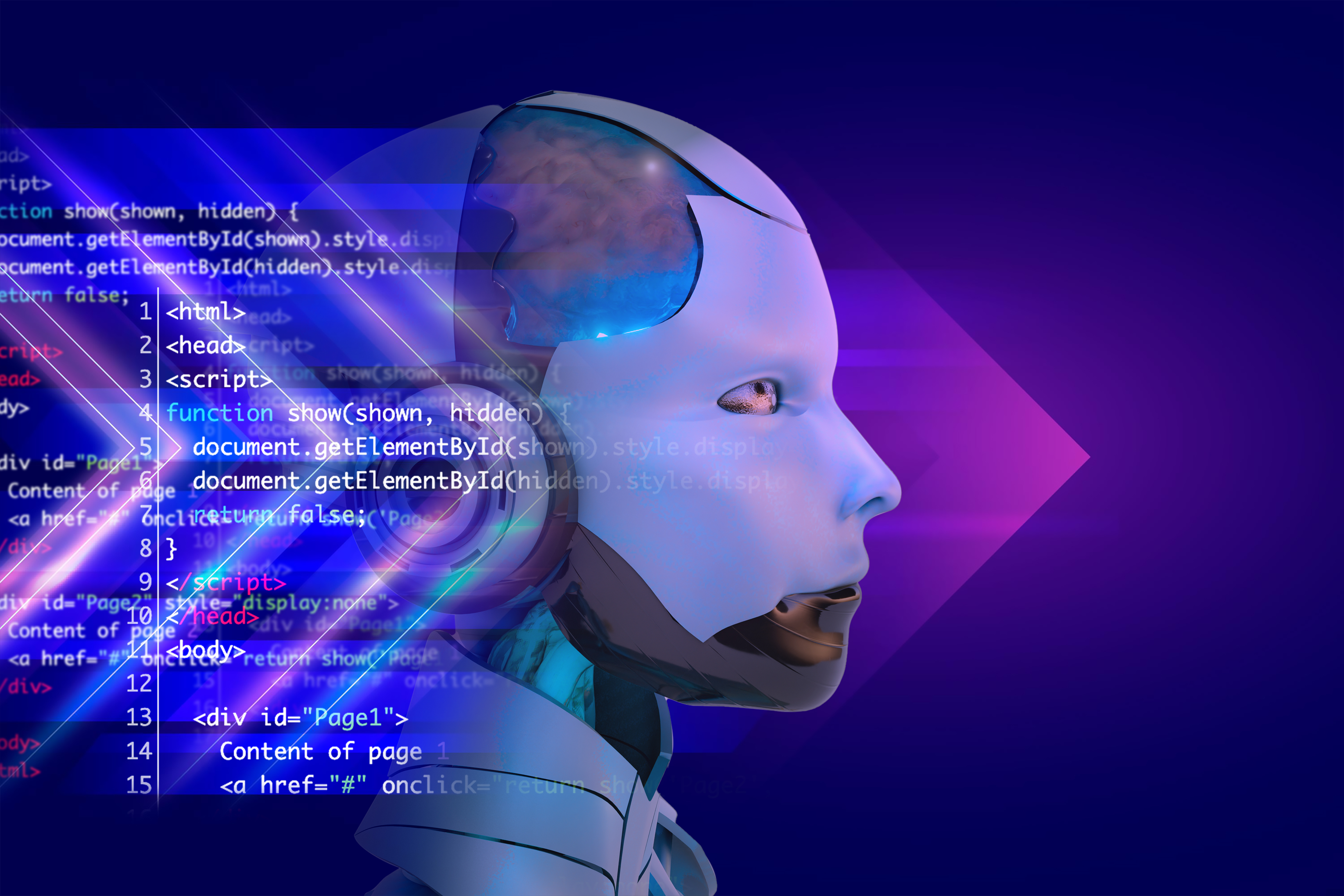

Voice cloning, also known as voice replication or voice synthesis, is the process of creating a synthetic voice that sounds like a real person. This can be done using a variety of methods, including deep learning, neural networks, and machine learning. Voice cloning can be used for a variety of purposes, including creating voice assistants, generating realistic dialogue for video games, and creating synthetic voices for people who have lost their voices due to illness or injury.
AI Voice Cloning has a history rooted in both technological advancements and the evolution of voice synthesis techniques. The journey of voice cloning can be traced through various milestones:
Early Voice Synthesis (1960s-1970s): The groundwork for voice cloning was laid in the 1960s with early experiments in voice synthesis. Researchers began using analog methods to generate basic artificial speech. These early systems were limited in their capabilities and often produced robotic and unnatural-sounding voices.
Text-to-Speech Systems (1980s-1990s): The development of text-to-speech systems marked a significant step forward. These systems converted written text into spoken words using computer-generated voices. While still lacking naturalness, TTS represented a notable advancement in making machines speak in a more comprehensible manner.
Concatenative Synthesis (Late 1990s): The late 1990s saw the rise of concatenative synthesis, a technique that involved stitching together pre-recorded segments of human speech to form complete sentences. This method improved the naturalness of synthetic voices, but the limitation lay in the inability to create entirely new voices.
Parametric Synthesis (2000s): Parametric synthesis introduced the idea of generating speech by manipulating a set of parameters that control various aspects of the voice, such as pitch and duration. This allowed for more flexibility and control over the generated voices, but the quest for true voice cloning was still ongoing.
Advancements in Deep Learning (2010s): The breakthroughs in deep learning, particularly the development of neural networks, brought about a paradigm shift in voice synthesis. With the advent of deep neural networks and recurrent neural networks (RNNs), researchers began exploring more sophisticated models for speech synthesis, paving the way for the next stage of voice cloning.
Voice Cloning with Deep Learning (2018 Onward): Recent years have witnessed remarkable progress in voice cloning, largely driven by deep learning techniques like WaveNet and Tacotron. These models can analyze and replicate the nuances of a person's voice by learning from large datasets of their speech patterns. This has led to the creation of highly realistic and natural-sounding synthetic voices.
One notable example is Google's Duplex, introduced in 2018, which showcased a conversational AI system capable of making phone calls on behalf of users, exhibiting the potential of AI voice cloning in practical applications.
Consent and Privacy
One of the biggest ethical concerns surrounding voice cloning is the issue of consent and privacy. If someone's voice is cloned without their permission, it could be used for malicious purposes such as identity theft or impersonation. Additionally, the ability to clone voices could lead to increased privacy concerns, as people may worry that their conversations are being recorded and their voices cloned without their knowledge.
Misinformation and Deepfakes
Another ethical concern surrounding voice cloning is the potential for misuse to create misinformation and deepfakes. Deepfakes are videos or audio recordings that have been manipulated to make it appear as if someone is saying or doing something they never actually said or did. Voice cloning could be used to create deep-fake audio recordings that could be used to spread misinformation or damage someone's reputation.
Identity and Authenticity
Voice cloning also raises concerns about identity and authenticity. If someone's voice can be cloned perfectly, it becomes difficult to tell who is speaking in a recording or video. This could lead to people being impersonated or their voices used without their permission.
Potential for Harm
Voice cloning could also be used to harm people. For example, it could be used to create fake voicemails or recordings that could be used to blackmail or extort someone. Additionally, voice cloning could be used to create fake customer reviews or product endorsements, which could mislead consumers.
Conclusion
Voice cloning has evolved from basic text-to-speech systems to sophisticated deep-learning models that can recreate the subtleties of human speech. While it holds great promise in various sectors, ongoing ethical considerations underscore the importance of responsible development and deployment to ensure positive and beneficial applications of this powerful technology.